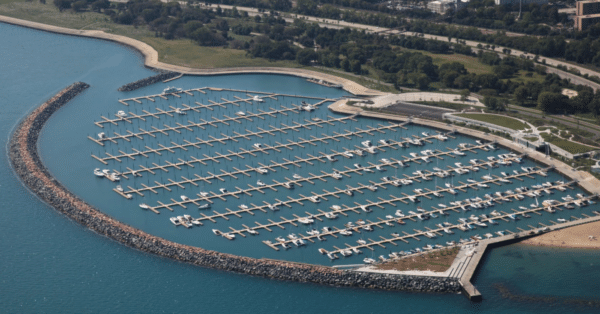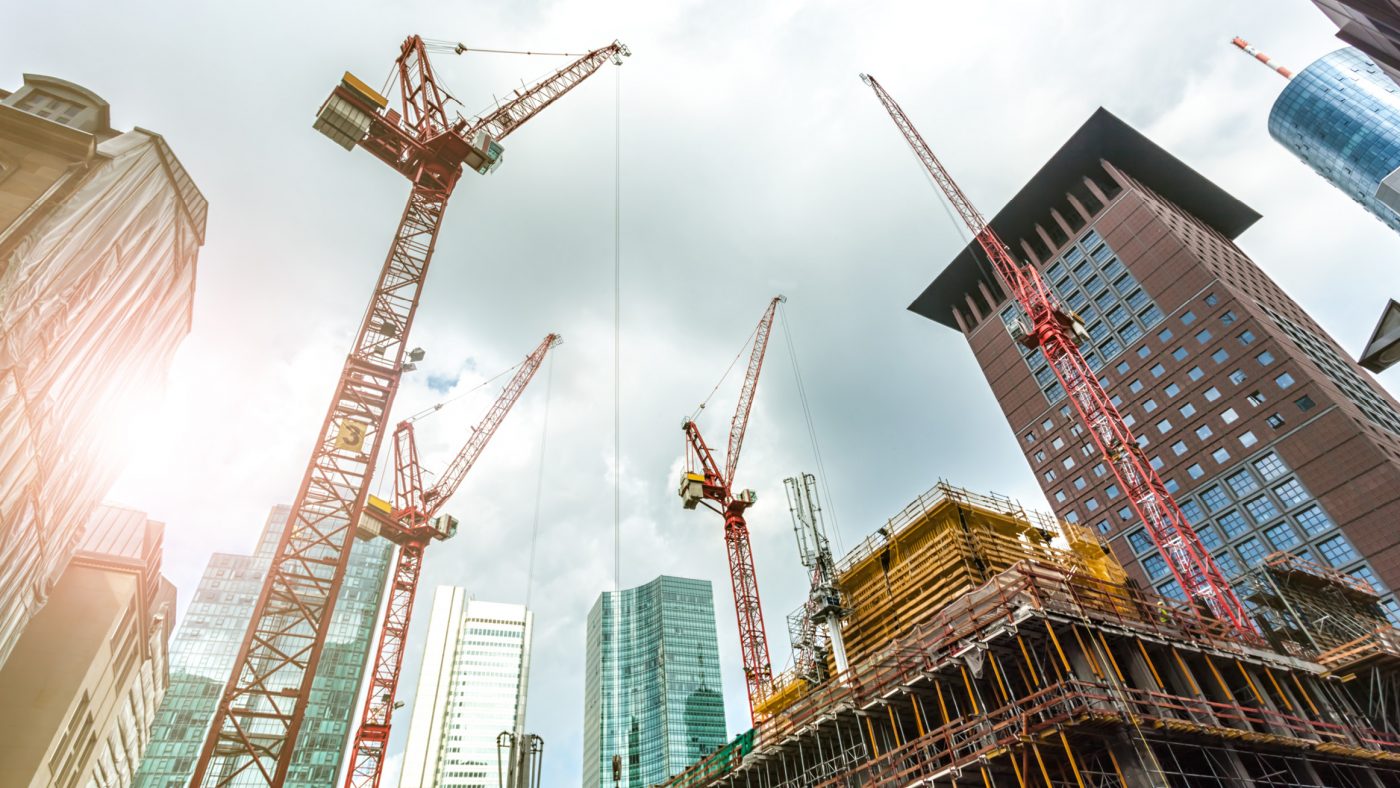By Rami Chehabi
Last year’s wildfires destroyed thousands of homes and forced the evacuation of thousands of households in California’s Wildlife Urban Interface (WUI) zones. The wildfires represent the most expansive and destructive series of events in the state’s history and impact a vast swath of California and its residents.
Between 1990 and 2010, half of all new housing construction in California occurred in WUI zones, which has expanded the zones by a thousand square miles. There are now as many as two million homes in the state located in WUI zones, accounting for one in seven housing units.
Despite devastating wildfires in WUI zones, both rebuilding and new development have continued. A study by the United States Forest Service noted that almost half of the buildings that were burned in 27 wildfires in California between 1970 and 2009 were rebuilt. Moreover, after evaluating 11 fires, the agency found that 94% of the destroyed structures were rebuilt within 25 years.
The rebuilding effort is partially due to government support. Local governments frequently expedite building permit processing. New developments near high-risk wildfire areas also receive government support and approval. As an example, Centennial, a 19,333-home mixed-use master- planned community in Tejon Ranch in northern Los Angeles County, was approved and entitled in 2019, despite its location in a wildfire risk zone.
The Opportunity
Despite rebuilding and new development efforts in California WUI zones, it is inevitable that a portion of homeowners in WUI zones will eventually tire of enduring the seasonal fires. In addition to the unbearable destruction, smoke and evacuation orders endured by residents in these zones, fire insurance premiums are absurdly high and continue to increase. Efforts by the state to control fire insurance premiums can only provide so much relief, as wildfire destruction increases in magnitude over time.
In 2017 and 2018, insurance losses for the structures destroyed by California wildfires amounted to a record $25 billion. The high insurance premiums have put upward pressure on residents’ cost of living, with the impact being particularly strong on middle-income households.
As these residents seek to relocate out of the high fire-risk areas, they will likely want to stay near their previous neighborhoods. More importantly, since history shows that fire-damaged homes are rebuilt over time, there is an additional market to serve as temporary housing for residents while their homes are being rebuilt. Developers can capitalize on these opportunities by providing both long-term and temporary rental housing within a reasonable proximity of the high-risk, fire-prone areas, but outside of the WUI’s.
The most direct and expedient way to capture this market is to invest in acquiring and remodeling existing multi-family rental units adjacent to WUIs in California.
Apartment remodeling is typically more feasible than new apartment development. This is because new apartment projects are frequently stymied by opposition from local governments and advocacy groups, despite regulations encouraging density and construction to meet the state’s housing needs. In some markets, the process of entitling a high-density apartment complex can take years.
WUI Zone Investment Strategies
To meet the new demand from middle-income households relocating from WUI zones, the most successful apartment remodels will provide features and amenities that best cater to the preferences of these new residents, who tend to value open space, privacy, security and nature.
These preferences can manifest themselves in a number of ways related to the apartment’s interior features and common amenities. Examples of interior features include high ceilings, great rooms rather than formal layouts, and balconies and patios that overlook greenery. Units with views or vaulted ceilings would command a significant premium.
Most middle-income housing in the WUI zone is single-family, so common amenities, such as a recreation center, would be less important to this target market. With less space dedicated to common amenities, opportunities exist for apartment features that more closely match demand of the new households moving in from WUI zones.
For example, residents with pets should be an important consideration in the apartments’ designs. If space allows, a premium could be obtained for small dog parks and pet-washing stations. The desire for a sense of security can be addressed by having security cameras, wireless security systems, keyless entry and 24-hour private security patrols.
There are also important considerations for selecting apartments to remodel in affordable suburban areas. A prospective resident relocating from a WUI zone would value apartments that are less dense (as measured by the number of units/lot size), based on their previous housing preferences. Demand would be greater for mid- to low-rise apartments, such as two- or three-story garden-style apartments, rather than high-rises with higher floor area ratios.
Single-family homes tend to have at least two bedrooms, so apartment developments with fewer studios and one-bedroom units would be preferable, as they would require less spending on remodeling.
Most developments are built to the zoning limit. If an investor were able to find one that was not, there could be an opportunity to add units during the renovation process. It would be prudent, however, to perform due diligence to find out why it was not built that way in the first place.
Proximity to open space/nature would also generate stronger demand with this demographic. This can be achieved by finding properties close to parks, including neighborhood parks and even pocket parks. Easy access to transportation corridors and retail would be less important. As in WUI zones, residents generally live without those items as lifestyle priorities.
As building and rebuilding continues in California’s WUI zones, the risk posed by seasonal wildfires is not going away any time soon. Smart investors will consider the needs and preferences of fire-displaced residents when investing in nearby rental properties. The demand will be there.
This article was originally published by Xpera Group which is now part of The Vertex Companies, LLC.







